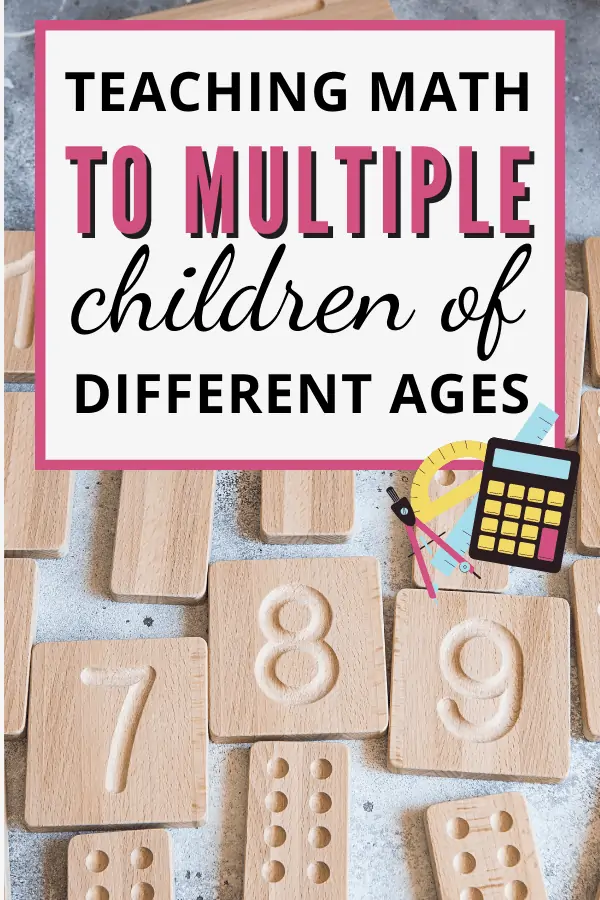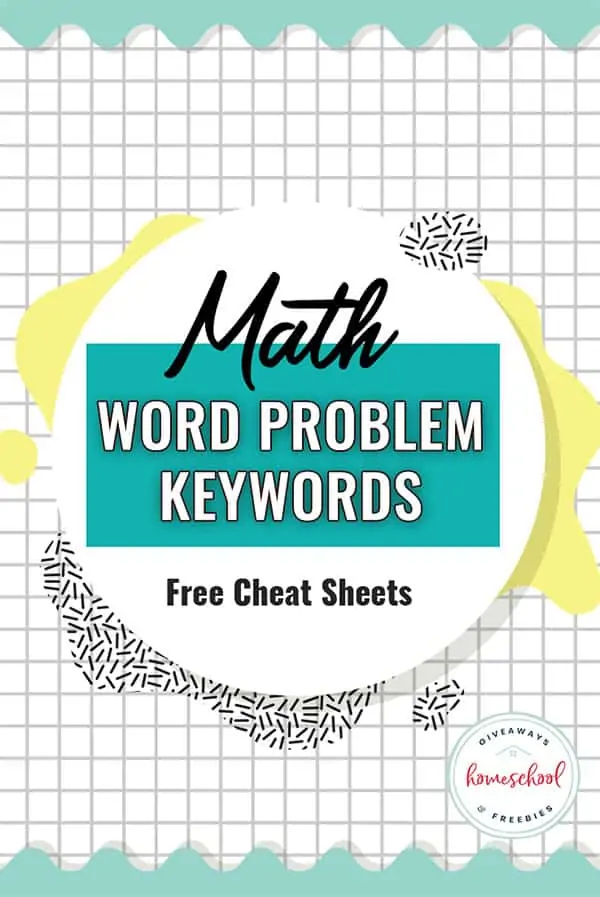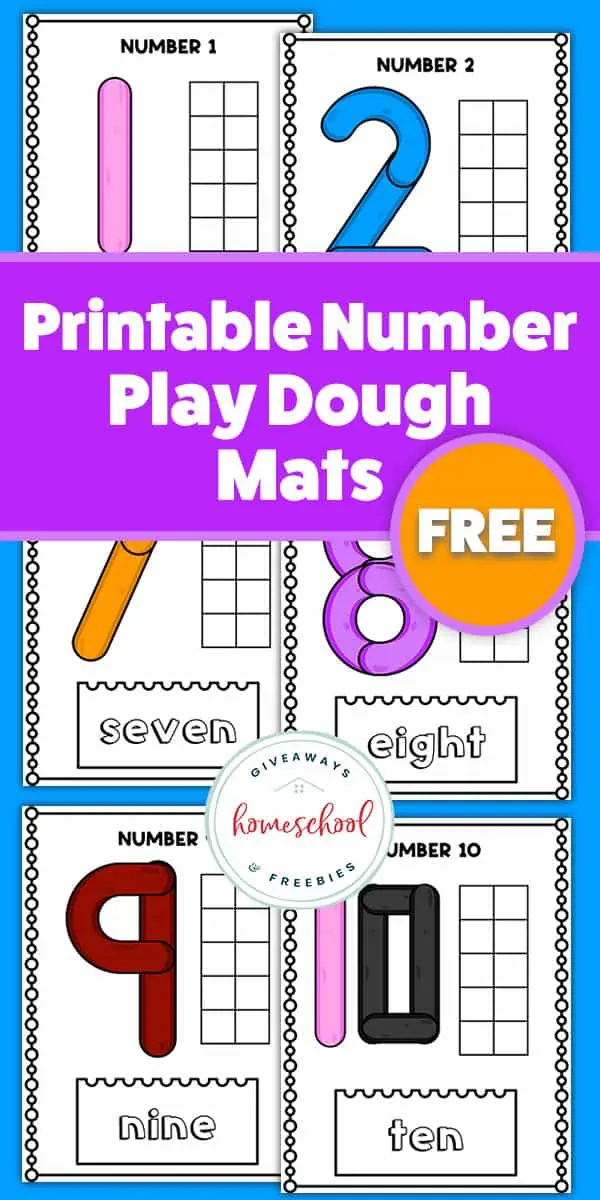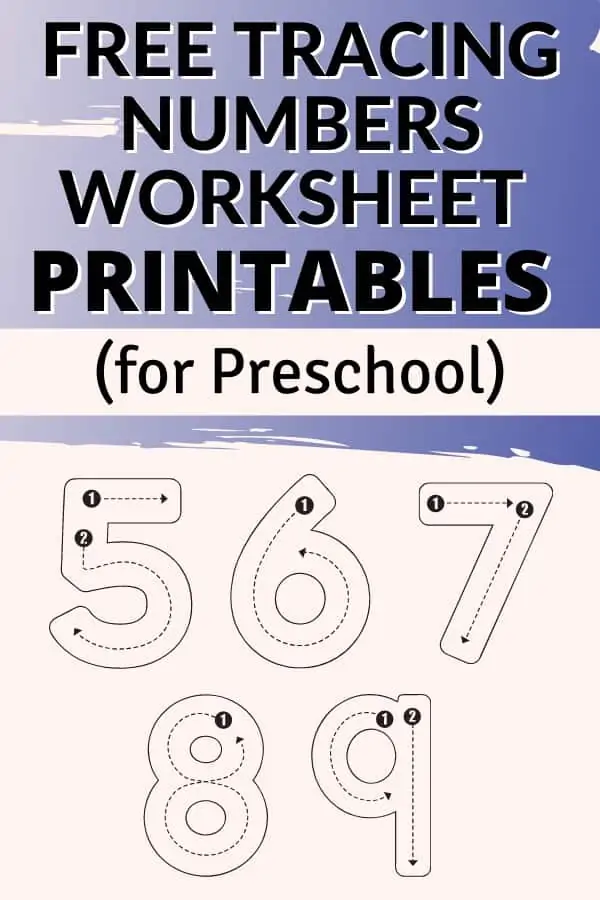Teaching Math to Multiple Children of Different Ages
Published:
December 17, 2021
Contributor:
Jeannette Tuionetoa
Disclosure: This post may contain affiliate links, meaning if you decide to make a purchase via my links, I may earn a commission at no additional cost to you. See my disclosure for more info.
Teaching math can be challenging for any parent. Add in teaching math to multiple ages and intimidation can set into your psyche quite swiftly. Explore some simple ways you can start teaching math to multiple children of different ages without stress.
(Note: This is a sponsored post. All opinions are my own. Read our disclosure policy here.)
What age should children learn math?
Is your youngest child starting to ask about “doing school?” It’s natural for younger children to want to do school alongside their siblings.
Students can be ready to count and understand numbers, identify shapes, and so on as young as a toddler. Math requires a varying amount of math skills sets, math concepts, and vocabulary. Some kids may also understand certain topics more than others. This is important to note as you venture through your homeschooling math journey.
You won’t have to use a math curriculum to teach your youngest children math, however when they get into kindergarten, you may want to consider your options for teaching basic concepts.
How do you teach math to multiple ages?
Newsflash. Math eats up a lot of our time. Whether we have 1, 2, 3, 4, 5 kids or more, math is a time guzzler and we have to be prepared for it.
That is why when we have multiple children, finding different ways to make math work more smoothly is a homeschool parent win. To help, you can do a few things in the homeschool environment itself.
Ways to Set Up Your Homeschool to Prepare for Multiple-Age Math:
Making some adjustments to your schedule and expectations are going to be important. Here are some simple mathematical ideas on how you can set up your homeschool for math success for the whole school year – even when teaching multiple grade levels.
Simplify your schedule.
Don’t make things complex. We all know that math needs its very own assigned time. We may dread it and our kids may as well, but we need the time. Be sure to make a simple schedule that works for your family, even if it means only doing math a few times a week. Get it in your schedule or daily routine and don’t let anything trickle into that time.
Encourage independence.
Your older kids will need to be reared in starting assignments independently. In the early years, of course, you have to be around more. As older students progress, they gradually can do more math instruction on their own, reading on their own, watching videos, and reviewing with worksheets.
Using a math curriculum that does the teaching for you is a great way to teach math to multiple ages – especially a homeschool math program like CTCMath that includes online courses and a family plan and covers all grades from K-12.
Make your homeschool area during math stress-free.
Try not to keep your homeschool area full of clutter. Keep it clutter-free, only with the necessary math items you need, which leads me to the next MUST.
Be prepared.
Although we may come to this conclusion kicking and screaming, math is not a fly-by subject. We can’t “wing” math. Mathematical concepts aren’t topics we can just Google while kids are in their morning routine. (Can you tell I have tried doing that in the past?)
Plan for your math lessons, grab all your materials ahead of time, and stay prepared. Research various ways or different approaches to learning a new concept in math.
What are some practical steps to take in order to teach math to your multiple-aged homeschool?
If you are anything like me, you may think it’s impossible to do math with all the kids.
The first thing I thought of was that I can’t do it. I knew I had to make a plan and get this right because one child in math was tough, a second child in a different level doing math was downright scary.
I am not a “math person.” What do you know… my kids aren’t either, so putting specific things in play while I teach them is essential. Here are a few steps we take to maximize our math lessons for our homeschool.
Teaching Math to Multiple Children of Different Ages
-
Make everything math
Make learning math a part of your daily routine. Integrate math throughout your everyday activities. Younger kids can think math throughout the days like counting steps or pointing out shapes, while your older children can help them.
-
Include a variety of fun ways to teach math
During your math lesson planning, include hands-on activities, hands-on manipulatives, worksheets, a short video for visual presentation, kids’ online classes, and more. This will help your children of all ages to learn in different learning styles for math knowledge.
-
Be open to varying assignments and testing
Your students learn differently and can be evaluated differently as well. One child can provide an assignment in written form or a worksheet. Try to evaluate their work and capture it for their homeschool portfolios.
Another child can make a song out of concept or draw the division answer in colorful fonts as long as they show all their work. An excellent way for your students to learn the most is to work with their interests and learning styles.
-
Embrace digital / distance
I honestly don’t know what I would have done without digital learning for math when I first started homeschooling. My daughter used distance learning for review and practice while I gave my son the extra math help he needed from me. Online math curriculum really helped my homeschool and it may help yours as well.
Maximizing math opportunities, making math fun, changing up assignments, and embracing online math programs, like CTCMath can be so helpful when teaching multiple ages.
-
Teach Easier Subjects Together
Consider teaching other subjects to your students together. Subjects like history, Bible, geography, or science can be taught in a range of levels together. Provide extra assignments for older kids while they all learn similar content. This provides time for focusing on more challenging math milestones.
Don’t overwhelm yourself, go into teaching multiple ages prepared.
It turns out that the only curriculum that has worked for us has been CTCMath. We tried many other different online math programs, but the teaching videos were too boring or difficult to understand for my children. I really like that CTCMath can be used for both my children, and they can work at their own pace. Since it’s a mastery program, children develop a deeper understanding of the subject, and I don’t have to be concerned that they aren’t “getting it.”
Teaching math to multiple children of different ages may seem impossible at first and might take a long time to get in the swing of things, but having a go-to teacher that does the teaching for you might be just what you need for math success.
It can be done, it takes effort. Release your unrealistic expectations of how things should be going. With your positive parental help, math can be a future success in your homeschool.








